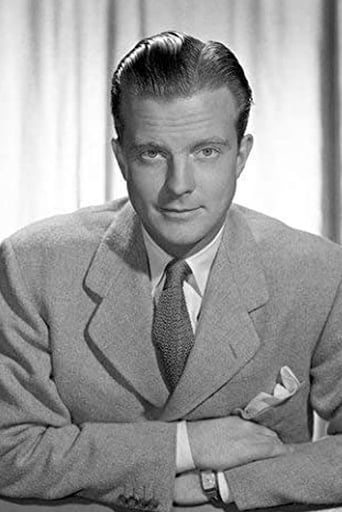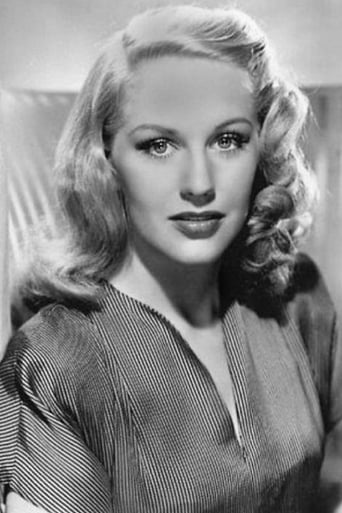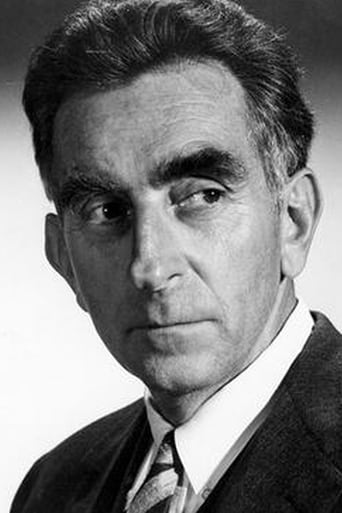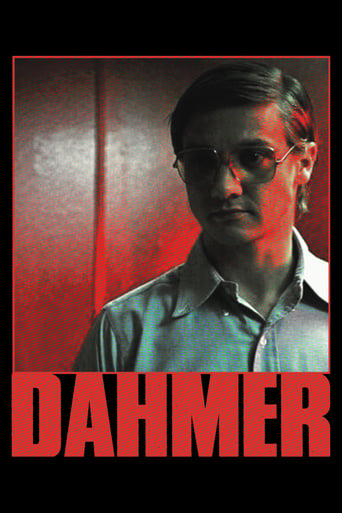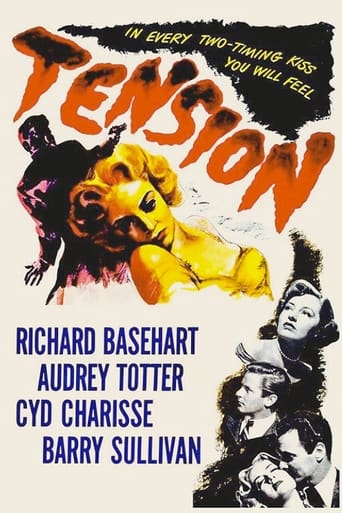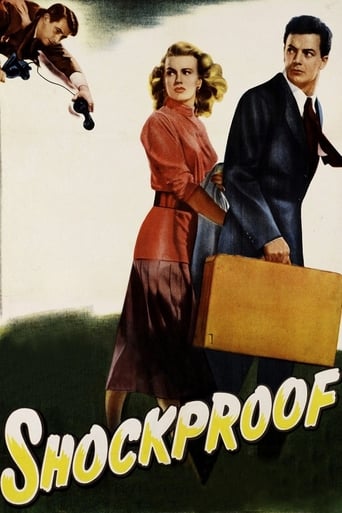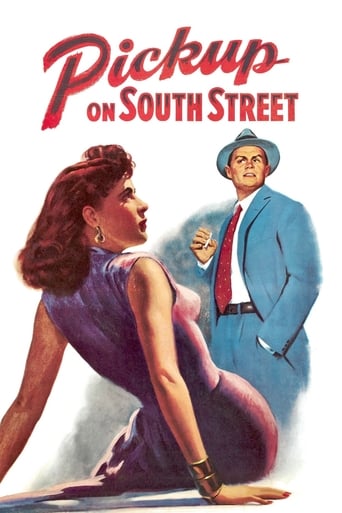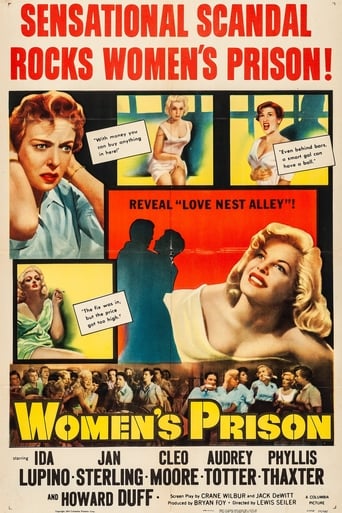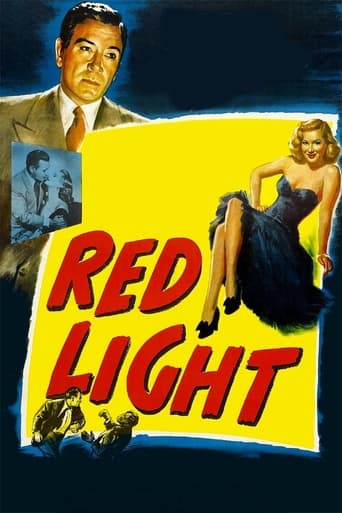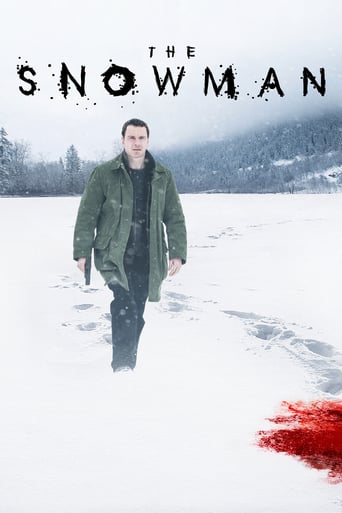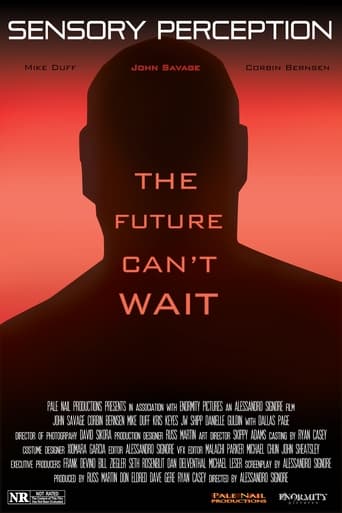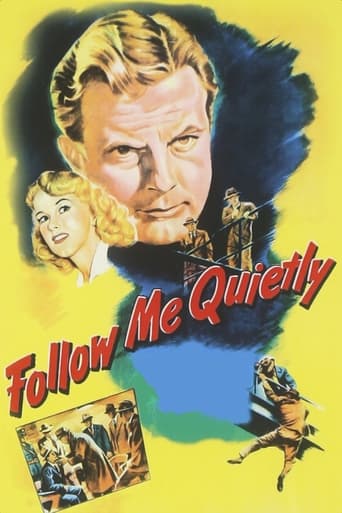
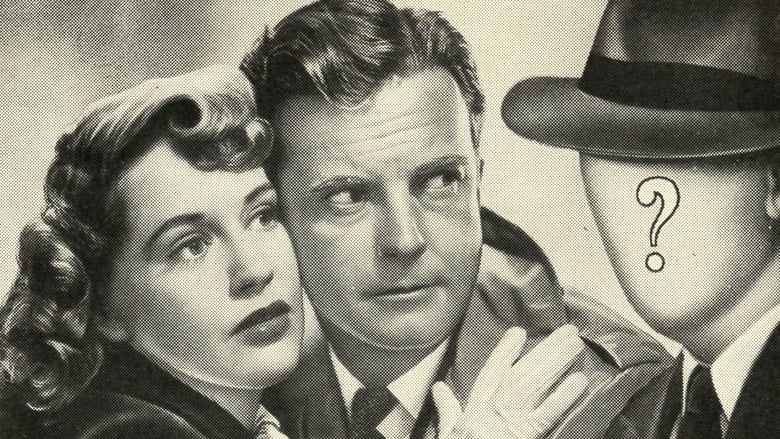
Follow Me Quietly (1949)
1949 thriller about the hunt for a serial killer known as "the Judge" who kills his victims on rainy nights.
Watch Trailer
Cast


Similar titles
Reviews
the audience applauded
Simply Perfect
The best films of this genre always show a path and provide a takeaway for being a better person.
The film's masterful storytelling did its job. The message was clear. No need to overdo.
Here comes 'da' judge, a serial killer who only attacks during downpours, strangling those he has judged to be less than moral in a society he feels deserves to have the gavel brought down upon it. He leaves behind just enough evidence to confound the detectives, determined to locate him before the mercury rises again. To aid the search, detective William Lundigan creates a dummy model, which he adds details to every time another clue is dropped into his lap. Magazine writer Dorothy Patrick is initially a thorn in his side, but he can't help but later involve her when he realizes how important this story is to her.This clever and tense film noir isn't about who it is, but why and how the culprit's train of death is stopped. Clues leads to waitresses, landlords and crazies who claim to be the killer, and eventually a gripping conclusion that rivals the same year's "White Heat" in its use of a confrontation in a power plant. The film is superbly edited with enough dark photography to keep it gripping for its tight hour-long running time. This shows that the bottom of the bill could be more exciting and ultimately more satisfying than the top of the bill "A" feature.
This picture is such an oddity it left me scratching my heads for many minutes after I ran it. Okay, it's a Schlom production, so it's from the B unit. Lundigan is certainly a capable lead in these second features but FOLLOW ME QUIETLY required a bit more gravitas for the Lt. I suspect this might originally have been mapped out for Sid Rogell's graduated unit and then sent down the line. The ingenious machinations with the dummy; the anxiety provoked that the Lt. might actually be the killer; and the elaborate location chase all have the earmarks of something that Robert Ryan would have starred in for Rogell and Ted Tetzlaf. Then there's the red herring of Leonid Raab as the credited composer. Paul Sawtell did the action cues and Raab was not on staff at RKO. In fact, he was primarily an orchestrator (long time) for Franz Waxman. I didn't want to run the projector back when I screened my print but I'm pretty sure that Herman Schlom's name was on the cover of the detective magazine they find at Paul Guilfoyle's house (his wife the murder victim). Finally, having Edwin Max turn out to be a rather slovenly killer after he is built up as wily (taking the dummy's place at headquarters) and personable (according to the waitress and landlord), he simply doesn't fit the portrait painted of The Judge. Nor does he seem fanatical as an avenging angel would be. He looks more like a fellow in a perpetual drunken stupor. Where was Paul Stewart when we needed him! Anyway, the whole thing looks like a great kernel of an idea taken in the wrong direction by the wrong personnel. Still, it's unique enough to be enjoyable.
How about the distance running chase scene that involved running up hundreds of stairs after the already long, long run? The "Judge" was a chain smoking out of shape middle aged man. How in the hell was he supposed to run like a world class middle distance runner? (I have been a lifelong runner and notice these things.) This chain smoking weakling couldn't have run more than a few steps without becoming exhausted. I also disagree with the woman who said that Dorothy Patrick was not attractive. I thought she was was of the best looking naturally pretty women that I have seen in films, and I have seen close to 2000 in my 61 years.
When you consider the wealth of talent behind this routine little police procedural crime thriller, you may erroneously think that you're in for a minor gem. Think again! Richard Fleischer, who helmed too many great movies in his career to mention here, does a really good job with the pacing and the atmosphere, but one major flaw in "Follow Me Quietly" undermines the entire film. Surprisingly, moreover, Anthony Mann co-wrote the interesting but flawed script and appears to have had an uncredited paw in the directing. Like Fleischer, Mann amassed a number of classics in his career, too, especially his James Stewart westerns from the 1950s. Lillie Hayward received top credit for the script, and she wrote many scripts for television and films. Despite this cornucopia of talent, "Follow Me Quietly" blows it all away in one minor scene that builds interest in the action until we meet the killer."Follow Me Quietly" derives its title from the phrase that police Lieutenant Harry Grant (William Lundigan of "Dodge City") utters after he claps the handcuffs on serial killer Charlie Roy, known primarily as 'the Judge' (Edwin Max, an actor who rarely received credit for his screen appearances) as they are leaving what appears to be a waterworks factory. As this trim 60-minute opus opens, rain is pouring down and Ann Gorman (Dorothy Patrick of "Violent Saturday"), a writer for a lurid crime magazine, is looking for Lt. Grant to get information on the serial killer called 'the Judge' who strikes without warning and strangles his victims from behind. Typically, he leaves a note behind with each victim; these notes resemble your standard ransom note with letters cut out of a magazine and pasted awkwardly together. Lt. Grant is stymied by these murders. The police have obtained a lot of information about the killer, but they haven't found any clues to his identity, except that he killed when it rains. Mind you, this begins to sound like film noir, but it really isn't film noir. The hero isn't flawed medically or psychologically, and the lead female is not a vamp. This 1949 thriller appears to have appropriately several elements of film noir and Fleischer and Mann helmed some film noirs.Meanwhile, Police Inspector Mulvaney suggests that the frustrated Grant give the case to somebody else to handle, but tenacious as Grant is, he refuses. Perhaps his inability to let go of this case constitutes Grant's psychological flaw. Meanwhile, Ann Gorman follows him around and begs for information so that she can produce something for her editor. At one point, Grant's sidekick, Sergeant Art Collins (the incomparable Jeff Corey of "True Grit"), takes one look at Ann and suggests that she doesn't need to work. Surely, this must qualify as a sexist remark, however benign it was for its day. Grant and Collins both hold the magazine that she works for in contempt and Grant threatens to have it closed down, until Ann reaches an agreement with him in order to get the scoop on the killer. Stumped as he is, Grant takes everything that the police have and creates a dummyan actual dummyof the killer and places it in a police line-up by itself. Consequently, most of "Follow Me Quietly" occurs from the police perspective until the final two scenes. Nothing comes of the romance between Grant and Gorman. By the end of the movie, these two appear to be lovebirds in search of a nest, reminding us again of Collins' sexist statement. Anyway, everything is building up nicely but gradually, then one night in Grant's shadowy office, our hero suspects that the killer is going to strike again. He has taken the dummy and left it in a chair looking outside. When he leaves his desk, the dummy gets up of its own volition and gets the real dummy and replaces it! This was the BEST scene, until the ending when the cops collar the villain. Yes, he's a chain-smoker who reads unsavory crime magazines, but he isn't the brilliant, world-class antagonist who could calmly enter a police station and substitute himself for a dummy of himself. When the police lay a trap for him at the end in his neighborhood, it takes him far too long to figure out that something is wrong. It seems that the killer is kind toward children, but there are no children on the street. A chase ensues and the police corner him in a waterworks factory. During the shoot-out, bullets riddle a tank and water rains out of the tank. The killer is being 'quietly' led away when he sees the water and goes berserk. He struggles with Grant on a high staircase. Hayward and Mann devise an ironic conclusion to this stairway struggle. You can spot a lot of talent in this film, but the scene in the police office with the dummy turns out to be a major flaw as well as a red herring that the killer, who has successfully eluded the police after eight killing, is smarter than the cops. If this scene had been removed from the final print, "Follow Me Quietly" would have been a neat, efficient little crime thrillerAll this makes me wonder if RKO added the scene in the police station afterward to give the film some zip. Yes, this scene does add zip, but unfortunately it zaps "Follow Me Quietly."


